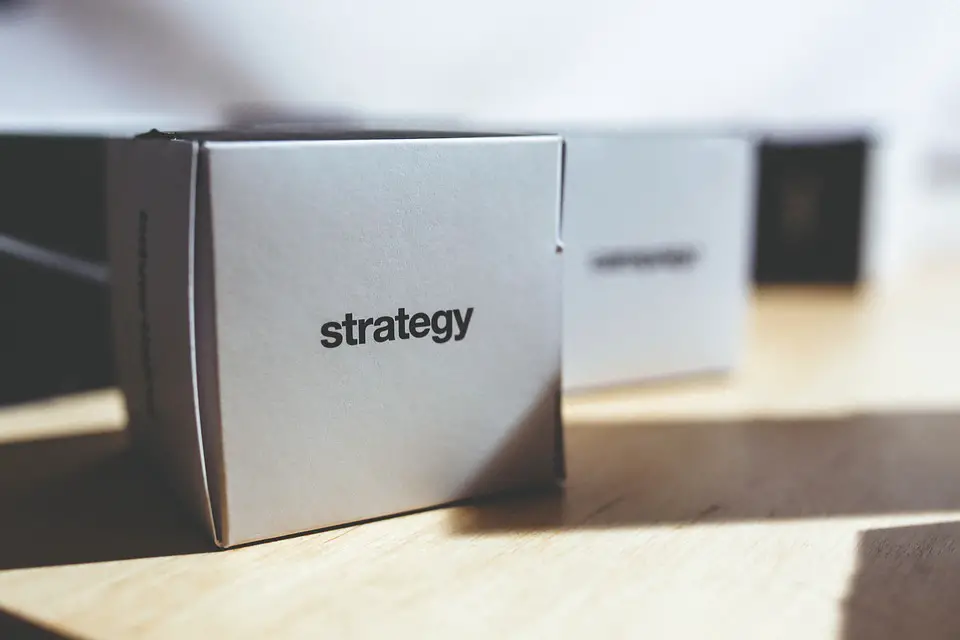Alright, folks, let’s talk about something that sounds as thrilling as watching paint dry: diversification. But before you roll your eyes and scroll away to cat videos (which, let’s be real, are a worthy distraction), let me drop some truth bombs on you. Diversification isn’t just a fancy finance term that wall street suits throw around to sound smart. It’s your best friend in the rollercoaster ride of investing. Yeah, that’s right. Your bestie—like that friend who always has your back when you’re one bad decision away from crying into your ice cream.
So buckle up, because we’re about to take a wild ride through the world of building a robust investment portfolio that won’t leave you broke and regretting your life choices.
Why Diversification is Your Financial Safety Net
Picture this: You’ve got all your money stuffed into one stock, let’s say, the “Next Big Thing” in tech. Then, out of nowhere, they announce a controversial product that makes everyone question their sanity. Boom! Your investment goes down faster than a lead balloon. Now, instead of sipping cocktails on a beach, you’re left Googling “how to become a hermit.”
Diversification is your antidote to this financial poison. By spreading your investments across various asset classes—stocks, bonds, real estate, maybe even some crypto if you’re feeling spicy—you can cushion the blow when one of those assets takes a nosedive. It’s like not putting all your eggs in one basket and then accidentally stepping on that basket while trying to juggle.
The Basics of Diversification
Let’s break it down, shall we? Diversification can be as simple as 1-2-3, but let’s add a dash of humor because who wants to read boring finance jargon?
1. Asset Classes: The Buffet of Investments
Think of asset classes like a buffet. You wouldn’t just fill your plate with mashed potatoes, would you? (Unless you’re a potato fanatic, in which case, I salute you.) You want a bit of everything: stocks, bonds, real estate, maybe even a sprinkle of commodities for flavor.
- Stocks: High risk, high reward. Think of them as the rollercoaster of your portfolio. They can shoot up like a rocket or crash down like a lead balloon.
- Bonds: The grandma of investments. Steady, reliable, but not going to give you the rush you crave. They provide fixed interest over time, which is nice when you need to chill out.
- Real Estate: The solid, dependable friend who owns a house instead of renting. It appreciates over time and can bring in rental income. Plus, you can literally walk around your investment!
- Commodities: Gold, silver, oil—stuff that’s tangible and can hedge against inflation. It’s like the insurance policy of your portfolio.
2. Geographical Diversification: Go Global or Go Home
Don’t just stick to your home turf. The world is a big place, and there are plenty of opportunities outside your backyard. Investing in international markets can provide exposure to growth that you might miss out on if you only invest domestically. Plus, it keeps things spicy.
- Emerging Markets: These are like the wild west of investing. High risk, but the potential for amazing returns. Just make sure you’re not putting your life savings on the line here.
- Developed Markets: More stable but with lower growth potential. Think of these like the reliable sedan that gets you where you need to go without the thrills of a sports car.
3. Sector Diversification: Don’t Put All Your Eggs in One Sector
You wouldn’t want to invest all your money into technology stocks, right? What if their next big product is a total flop? Mix it up with healthcare, consumer goods, utilities—get that sweet, sweet sector diversification.
- Tech: Fast growth but can be volatile. Think Apple and Tesla—great potential, but they can drop like a hot potato.
- Healthcare: A necessity that usually holds up even in a recession. People will always need their meds and surgeries.
- Consumer Staples: The boring but dependable investments. These are companies that sell everyday products, like food and household goods. They tend to do well no matter the economic climate.
How to Diversify Like a Pro
Alright, now that we’ve laid the groundwork, it’s time to get into the nitty-gritty of how to actually diversify your portfolio without losing your sanity.
1. Start with an Investment Plan
Before you leap into the wild world of investing, you need a plan. Ask yourself:
- What are my financial goals?
- How much risk am I willing to take?
- What’s my investment timeline?
Once you’ve got the answers, you can start building a portfolio that aligns with your goals.
2. Use Index Funds and ETFs for Easy Diversification
If the idea of picking individual stocks makes your head spin, consider investing in index funds or ETFs (Exchange-Traded Funds). These beauties give you instant diversification without needing a PhD in finance.
- Index Funds: They track a specific index, like the S&P 500. By investing in an index fund, you’re effectively buying a tiny piece of every company in that index. Easy peasy!
- ETFs: Similar to index funds but trade like stocks on an exchange. They can be more flexible and often come with lower fees.
3. Rebalance Your Portfolio Regularly
Just like your diet, your investment portfolio needs a little tweaking now and then. Markets fluctuate, and some of your investments might grow faster than others. Rebalancing ensures you maintain your desired asset allocation.
- Set a schedule (quarterly, bi-annually) to review your portfolio.
- Sell off some of your winners and buy more of the underperformers to maintain balance.
Real-World Example: The Diversification Hero
Let’s take a real-world example to drive this home. Meet Sarah, a 35-year-old marketing manager with dreams of early retirement.
- Current Situation: Sarah has $50,000 in her investment account, all in tech stocks because she’s convinced that tech will rule the world.
- Diversification Strategy:
- $15,000 in a broad-market index fund (hello, S&P 500).
- $10,000 in an international ETF—let’s say the MSCI Emerging Markets fund.
- $10,000 in a municipal bond fund for that safe, steady income.
- $15,000 in a real estate investment trust (REIT) to capture some property appreciation.
Fast forward five years: Sarah’s portfolio is thriving. Her tech stocks have doubled, but her bonds and real estate have steadied her growth. Instead of crying into her ice cream, she’s planning a tropical vacation with her early retirement funds.
Conclusion: Don’t Let Fear Hold You Back
Diversification is not a magic bullet that will guarantee you riches overnight, but it significantly lowers your risk while allowing for steady growth. So, stop being scared of investing and start treating your portfolio like a well-balanced meal—healthy, varied, and satisfying.
Remember, the goal is to build a robust portfolio that can weather the storms of the market while still allowing you to indulge in the finer things in life—like, I don’t know, a pet llama named “Investo.”
Now go forth, diversify, and may your investments grow faster than your neighbor’s lawn!






